The ADA and Withings Join Forces to Reduce Diabetes Risk and Complications

Peer-reviewed studies have shown that only a fraction of people with diabetes comply with the American Diabetes Association (ADA) standard of annual foot exams. The ADA is now using Withings smart scales in its signature Project Power program to promote regular foot exams and better foot health for people at high-risk for diabetes
Small Fiber Neuropathy – The Under-Diagnosed Peripheral Neuropathy

In an interview with Harvard Medical School’s Harvard Health, Dr. Khosro Farhad, a neuropathy expert at Harvard-affiliated Massachusetts General Hospital, noted that small-fiber neuropathy is generally underdiagnosed because routine neurological exams and tests cannot accurately discriminate between large-fiber and small-fiber neuropathy.
Understanding our ESC Technology for Detecting and Monitoring DPN

Electrochemical Skin Conductance (ESC) is a physiological parameter that measures the reactivity of sweat glands and small nerve fibers in the skin to electrical stimuli. Elevated blood sugar levels can harm blood vessels, inhibiting their ability to supply oxygen and essential nutrients to these small nerves, leading to their deterioration. This effect is amplified because the nerve fibers that supply sweat glands are long, thin and unmyelinated, they are easily damaged. When the sweat glands and small nerve fibers lose functionality, it is a sign of starting peripheral neuropathy.
Withings Introduces Body Pro 2, an Rx Device for Early Detection of DPN*
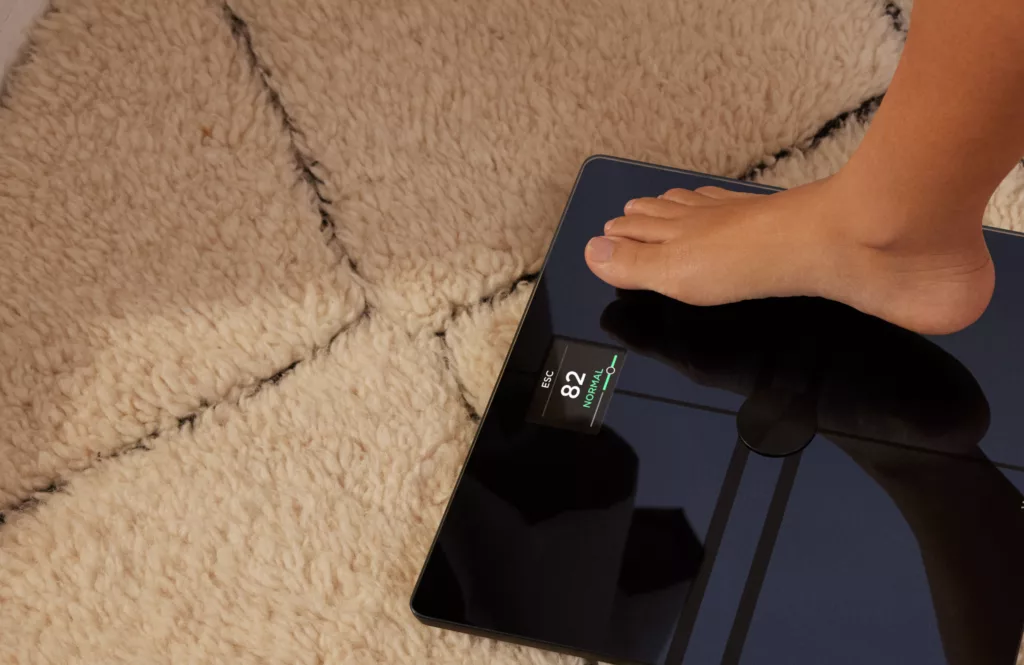
Smart Scales have traditionally been used by consumers to track their personal wellness metrics. However, Withings saw an opportunity to use highly sophisticated technologies in an at-home setting that provide critical data for providers to make more timely and informed care decisions. Body Pro 2 is that type of technology – a scale that adds both nuance and robustness to at-home health management and has the potential to improve the early detection of diabetic peripheral neuropathies (DPN).
Examining the Impact of Connected Devices on GLP-1 Therapy
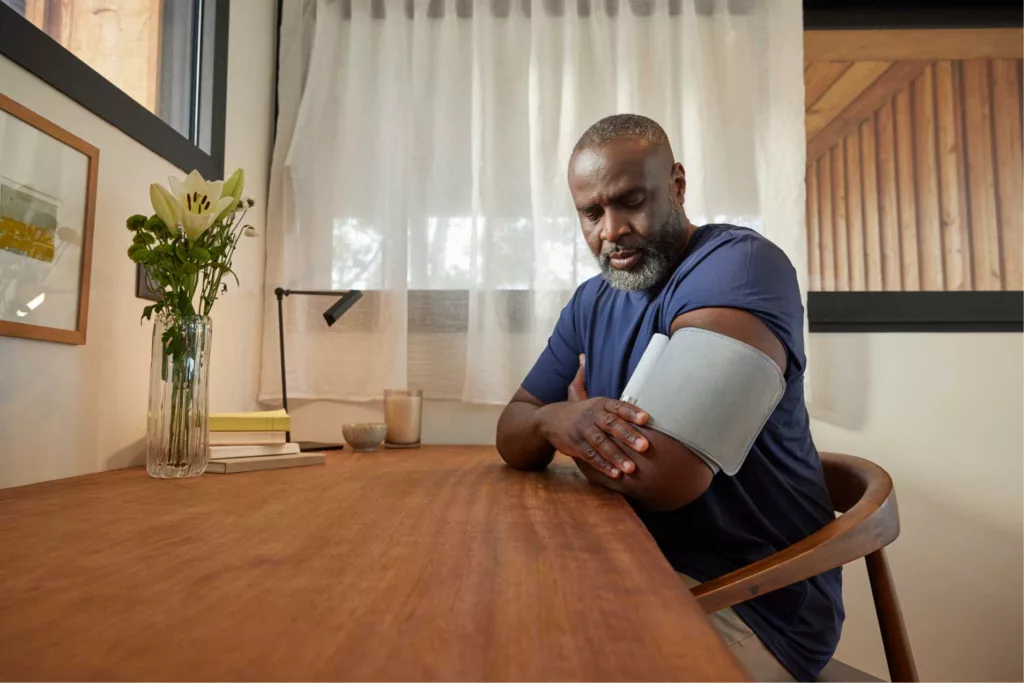
In a March 2024 survey, Withings Health Solutions asked their database of device users about their experience with GLP-1 treatments and the biomarkers they’ve been monitoring throughout their health journey, garnering responses from 2352 participants.
Part 3: Supporting Safe and Sustainable Weight Loss With GLP-1s – Managing weight after medication

Weight gain is likely when patients stop taking a GLP-1 therapy. A 2022 study found patients who took the GLP-1 semaglutide had regained two thirds of their prior weight and had similar cardiometabolic changes a year after stopping the medication. Prescribers at doctor’s offices and virtual weight loss programs should track patients throughout their journey and when they stop taking GLP-1s. This monitoring of daily progress provides long-term oversight of weight loss goals and maintenance.
Part 2: Supporting Safe and Sustainable Weight Loss With GLP-1s – Why body composition matters
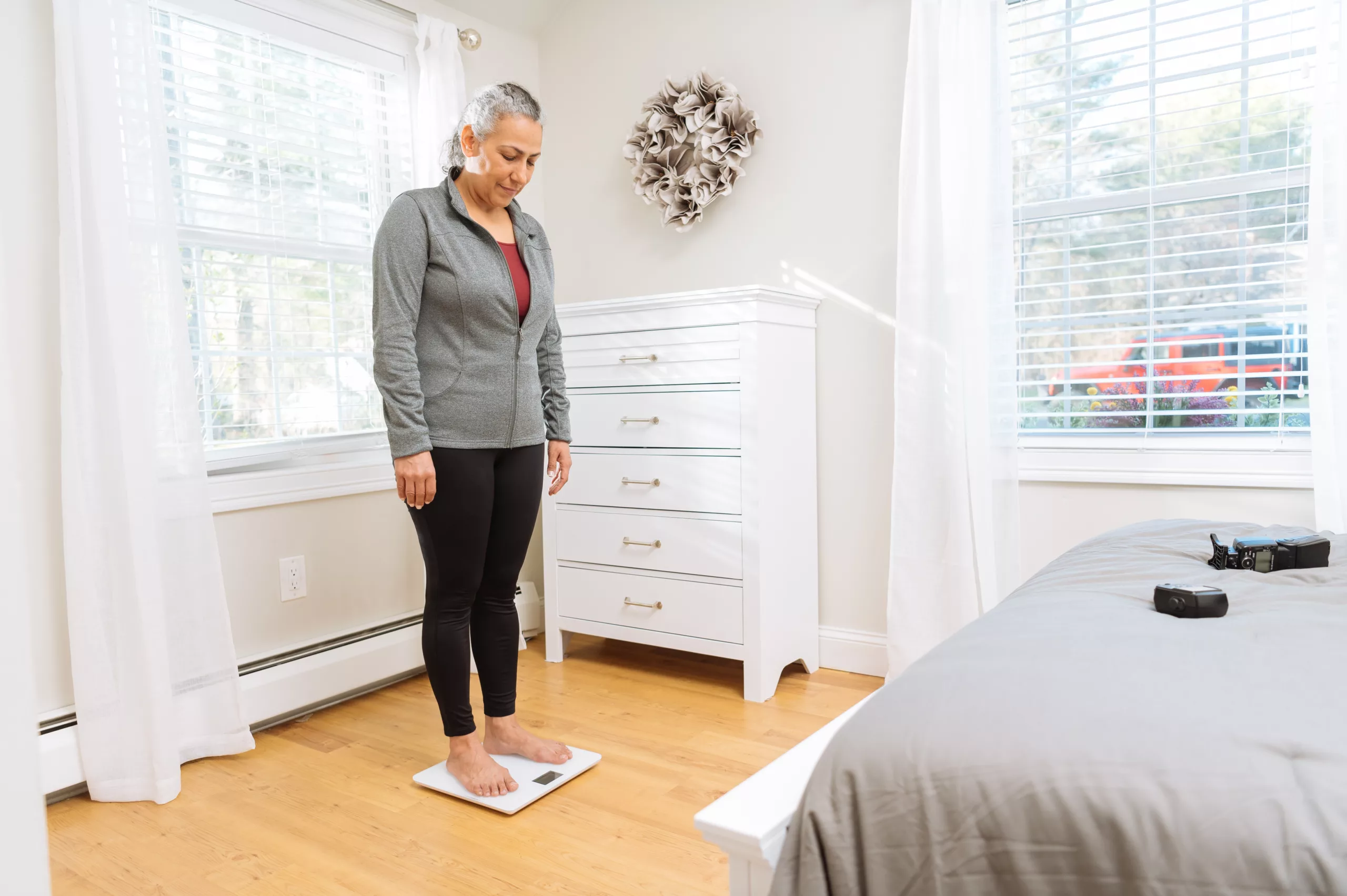
GLP-1 agonists are remarkably effective in helping patients lose weight. But this can’t be done in a vacuum. One data point that’s often overlooked in a patient’s journey on GLP-1s is body composition.
Part 1: Supporting Safe and Sustainable Weight Loss With GLP-1s – Finding the right remote health technologies
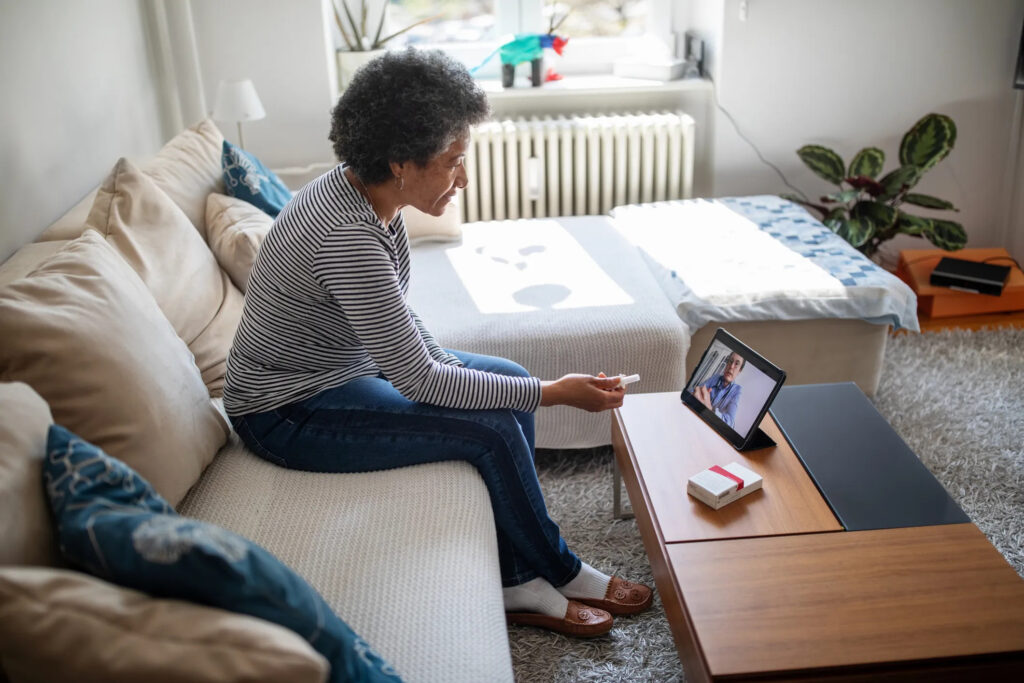
New medications like GLP-1 agonists offer a promising tool to help patients achieve a healthy weight. But supporting patients in long-term weight loss involves more than medication.
The Science Behind Body Pro 2 – Body Composition
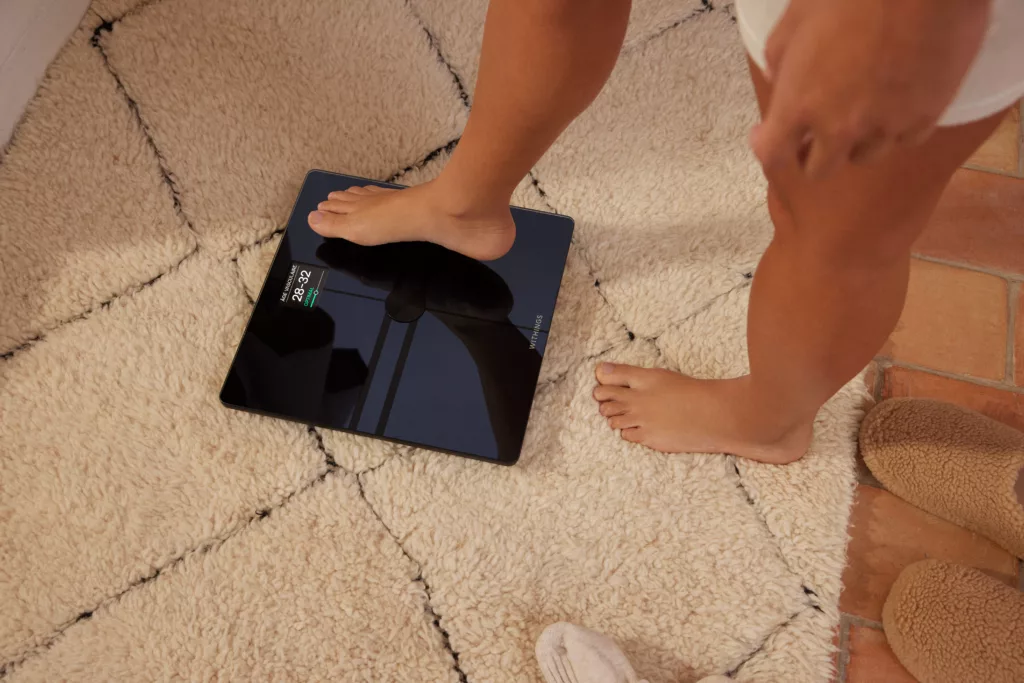
Body Pro 2 utilizes multifrequency BIA technology for the evaluation of patient body composition to offer accurate and repeatable measurements to care teams. This enables healthcare providers to receive daily measurements from their patients, facilitating the long-term tracking of their progress and thus allowing for in-depth follow up with personalized advice.